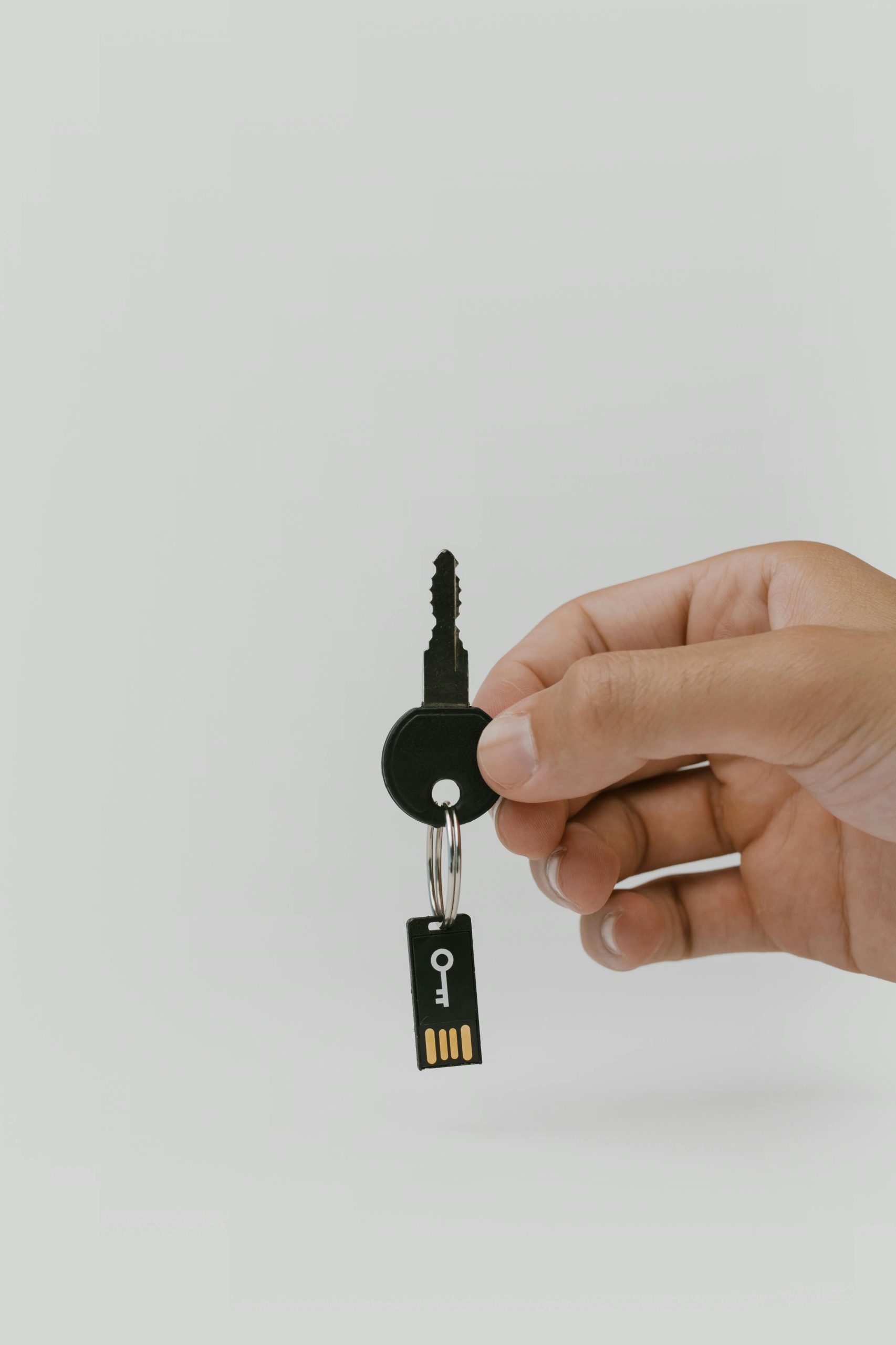How to Approach Decrypting Your Own Encrypted Backup
Backing up important data is a crucial step in maintaining a secure computing environment. However, forgetting the encryption password, especially after securing a backup with software like Veeam, can be quite nerve-racking. If you find yourself in this predicament, rest assured you’re not alone—and there may be paths to a solution.
The Situation: Locked Out of Your Backup
Imagine the scenario: You’ve successfully created a backup of your Windows system using Veeam, safeguarding your vital data. However, in a moment of forgetfulness, the encryption password slips your mind. While it’s easy to feel frustrated and even foolish for overlooking this critical detail, it’s important to remember that there are often ways to regain access.
What You Know Matters
You mentioned you have some clues about the password composition—specifically, you know it consists of five words, and you’ve isolated possible starting and ending combinations. There’s also a small chance that a three-digit number caps off the password. This information is invaluable since it narrows down the potential combinations significantly.
Exploring Decryption Options
Now, you might find yourself wondering how feasible it is for someone else to crack this password on your behalf. In most cases, if you can provide key parameters (like word counts and possible number configurations), there are professionals and tools that specialize in password recovery. However, it’s essential to proceed with caution. Trust in third-party services can sometimes lead to security risks.
Instead, creating a script to assist in generating combinations might be a more viable solution, especially if you are somewhat tech-savvy. The task is daunting, but let’s break it down.
Calculating Combinations
The maximum number of combinations you would need to consider depends on the complexity of the words and any restrictions you’ve noted. If you know specific words that might be part of the password, you can use this information to build a more directed approach.
For example, if each word has an average of 5 possible choices and you are looking at 5 words, excluding any number combinations for now, you would calculate this as follows:
- Total Combinations Without Numbers = 5^5 = 3125 combinations.
If you factor in a three-digit number at the end, you would multiply by the total combinations of three-digit numbers (from 000 to 999), which is 1000:
- **Total Combinations With Numbers = 5^5
Share this content:




Thank you for sharing your detailed situation. Decrypting your own encrypted backup can be challenging, but it’s good to see you’re considering systematic approaches. Since you have some clues about the password composition—specifically, five words with possible starting and ending combinations, along with a potential three-digit number—you can leverage these insights to narrow down options.
To assist with this process, you might consider creating a custom script or using password recovery tools that support brute-force or combinatorial attacks. For example, scripting languages like Python can help generate all plausible combinations based on your known constraints. Here’s a simple conceptual example to get you started: